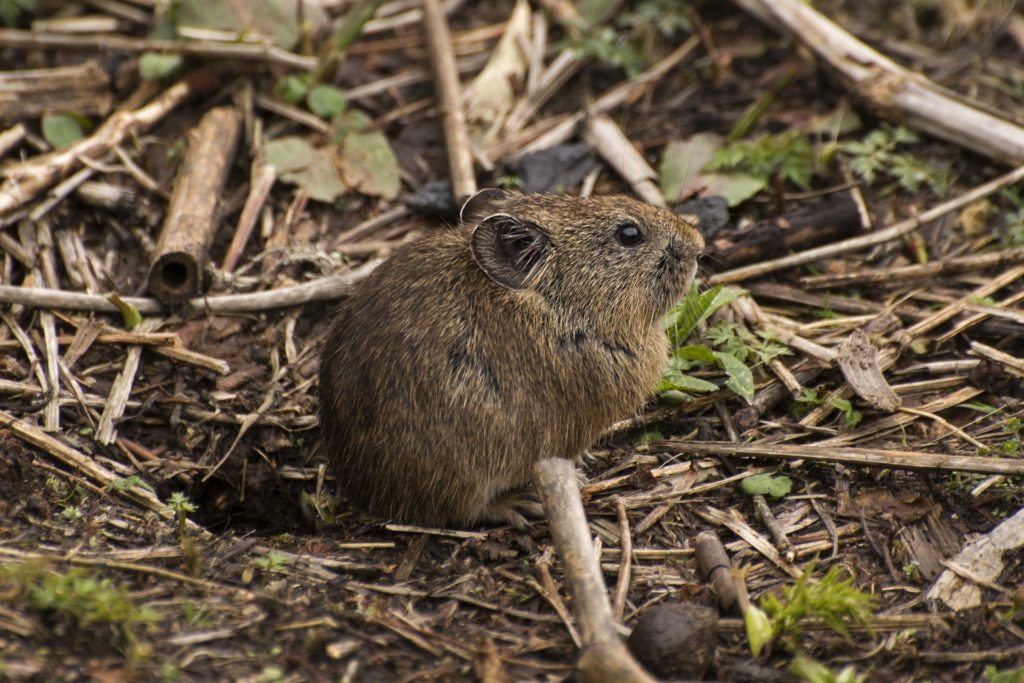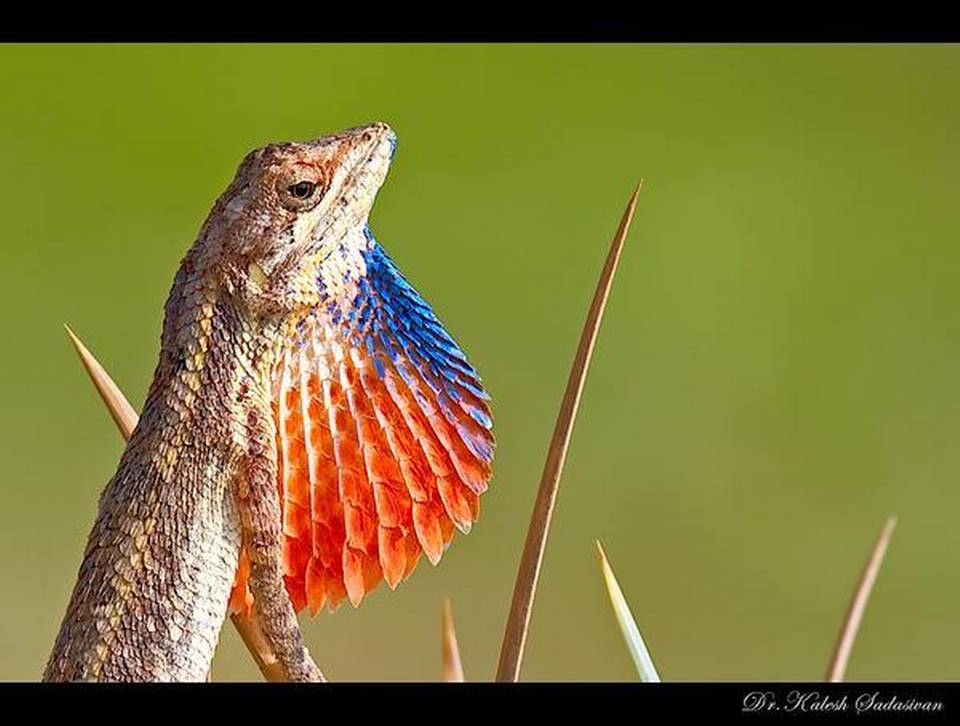It was the study of the pellets of the animal that led to the discovery of a new species of Pika from India. Named Ochotona sikimaria or Sikkim Pika, this is the 8th species of Pika to be found in India.
Pikas are close cousins of rabbits and hares. They are mouse like in appearance, with rounded ears and short limbs. According to WWF, like many of the smaller high altitude dwelling mammals pikas are considered “Allogenic” engineers i.e. the burrows which they construct to live are used by other species such as birds, reptiles and other smaller mammals. In addition, pikas play a key role as prey to various high altitude predators like birds of prey and small and large carnivores.
DNA to Discovery

Nishma Dahal, the first author of the study that led to the discovery of the new species worked with Pika’s droppings to collect DNA samples and compare it with other Pika species. She found that the genetic traces were different. On further skull measurements and collaborative research with China, Moscow and US for 2 years, it was proven that the team had indeed found a new Pika species.
The new species appears limited to the Sikkim region. The National Center For Biological Sciences (NCBS) team have also scouted other Himalayan regions of Arunachal Pradesh, Central Nepal (Annapurna and Langtang), Ladakh and Spiti without success. Surveys in Bhutan, neighboring regions of eastern Nepal and China are are also being considered to see whether the species is found there.
“Pikas are particularly important because they are considered indicators of climate change based on studies in North America. In order to monitor the impact of climate change on species in the Himalayas, we must first know what these species are. Asia is considered to be a hotspot for Pika species, and yet our knowledge of Asian Pikas is limited. So limited, that in 2016, we have discovered a new species in the Sikkim Himalayas!”, says Nishma.
Not All Is Well

The small mammals are highly adapted to live in cold conditions. They do not hibernate in winters but create warm hay nests to survive the winters. It’s this extreme habitat adaptation that is also a point of concern as the world gets warmer.
“Pikas are among the most fascinating mammalian species. Unlike other mammalian species inhabiting such harsh environments, Pikas do not hibernate. They prepare for winter by collecting and storing hay piles for their winter food. We must investigate their vulnerability to increasing global temperature, and to do so we must have a better understanding of their ecology and population dynamics. Such information is lacking for Asian Pikas.” says Dahal, a native of Sikkim and currently in the final stages of her PhD research at NCBS on Himalayan Pikas.
Although small, these unique animals are a good indicator of the condition of the ecosystem they live in. Researching, studying and learning more about them is the first step to preserving the entire Himalayan ecosystem from challenges like climate change. Hopefully, the new discovery would encourage more people to actively study and work to protect the species.
More Related Stories,
Pika is Food For Snow Leopards









One thought on “A New Pika Species Discovered In Sikkim”